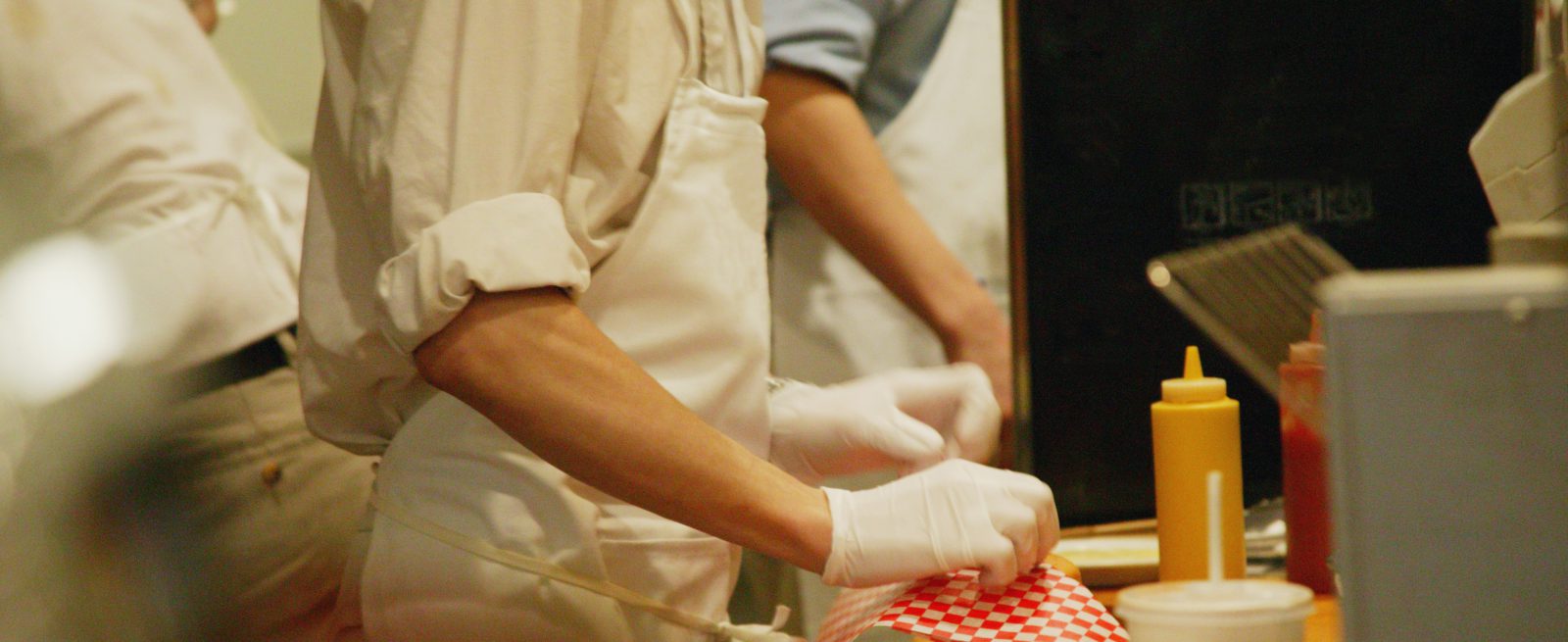MRM EXCLUSIVE: New OSHA Rules Will Challenge Restaurant Owners
3 Min Read By Joseph P. Paranac, Jr
Thanks to changes in Occupational Safety & Health Administration (OSHA) rules, restaurants are likely to face stepped-up safety and health inspections, while violations will subject them to historically hefty fines.
More Rapid Response Investigations
Rules adopted in 2015 – and are now being heavily felt in the restaurant and other industries – require employers to notify OSHA, in some cases within hours, of any work-related accidents that result in a fatality, inpatient hospitalization, amputation, or loss of an eye. Previous guidelines required such reporting only for fatalities or inpatient hospitalizations of three or more employees.
The new guidelines appear to have spurred OSHA to issue more Rapid Response Investigations or RRIs that give businesses about a week to investigate the cause of the accident, determine how to prevent similar ones from recurring, and report the findings to OSHA.
If the employer’s response does not pass muster, OSHA may launch its own, wider inspection. That’s a concern because OSHA could uncover even more violations, particularly in the kitchen. To head this threat off, companies may wish to engage outside advisors to conduct seminars that address best practices for OSHA and RRI reporting.
Fines are Rising
Businesses found to be in violation of OSHA standards will face the first increase in the agency’s fines since 1990. By August, the fines are expected to rise by 80 percent, meaning that a “serious” violation – or a hazard that could cause death or serious physical harm – may jump from the current $7,000 to a maximum of $12,700.
The news will be even worse for a business that has either knowingly failed to comply with a legal requirement, or acted with plain indifference to employee safety – in those cases the fine for a so-called “willful” violation is expected to leap to $127,000 from the current $70,000. Considering this –and the fact that OSHA now has the freedom to ratchet up fines to keep up with inflation – restaurants may want to step up their self audits, or consider an outside consultant who can advise on compliance with these and other tougher OSHA standards.
More Thorough Investigations
Until recently, some restaurant owners thought that OSHA inspectors shied away from “complex” investigations that ate up a lot of time, since they were rewarded for closing a high volume of cases in a given timeframe. But that changed in the third quarter of 2015, when Assistant Secretary of Labor for OSHA David Michaels established new review rules, where so-called Enforcement Unit points – that climb with the complexity of an investigation – are awarded to inspectors. The new approach removes the incentive to focus solely on high volume, easily completed investigations.
An inspector who handles complex projects (such as hazardous material and ergonomic injury cases) will now score four-or-five-points for each complex assignment, while those completing more, but simpler, reviews will get a lot of single-point scores. This will likely mean more complex OSHA investigations will be mounted, and may spur some restaurants to consider conducting self-audits – using their own experts or consultants– so their plate is clean when OSHA comes knocking.
New HazCom Requirements
Some restaurants may think a new Hazard Communication Standard – that requires employers to take measures to prevent illness or injury when working with hazardous materials – didn’t apply to them. But experience has proven them wrong.
The new HazCom requirements introduced in 2012 have been phased in over a long period, and some employers may not yet be aware of the ones taking effect on June 1. Restaurant owners may be surprised by the kinds of substances in the kitchen that OSHA considers hazardous. OSHA’s Hazcom standard covers a wide variety of chemicals used in restaurants, including cleaners and food preparation ingredients such as:
- acetic acid
- ammonia
- calcium carbonate
- degreasers and surfactants
- dry ice
- oven cleaners
- potassium chloride
- potassium hydroxide
- sodium perborate
Under the rules, restaurants are required to clearly label them, implement a safe-handling training program, and develop safety data sheets that are easily accessible to employees, and written in an easily understood, uniform format.
Of course this means that we can expect a big jump in OSHA HazCom inspections, so employers should review the new standard to ensure they meet it.
Because these and other regulatory developments may open restaurants to significant OSHA actions, owners should take steps now to ensure compliance. Self audits and compliance may be costly, but businesses that do not address these issues in a timely manner may incur an even higher cost.


